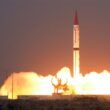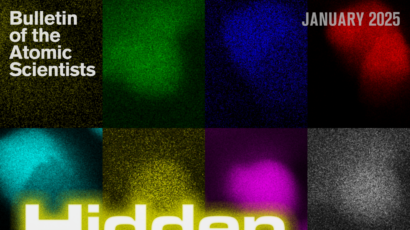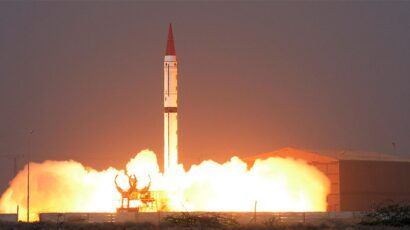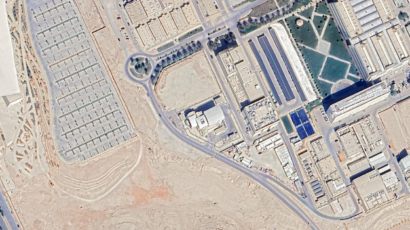Minimization at any cost?
By Alexandr Vurim, February 28, 2013
In their essays so far, my colleagues Pablo Cristini and Charles Piani have expressed very different views on some aspects of minimizing the use of highly enriched uranium (HEU). Cristini has taken what I would call a conventional position on the issue, while Piani has expressed views that are somewhat more controversial. I find myself more in sympathy with the controversial outlook.
From the conventional perspective, converting reactors from HEU to low-enriched uranium (LEU) is universally practicable. This belief is mostly based on successful conversions of reactors that produce medical radioisotopes like molybdenum 99 — and indeed, in such conversions, production of molybdenum 99 has been maintained and reactors have not suffered in the commercial radioisotope market. A lot of experience has been gained in converting this kind of reactor; relevant fuel fabrication techniques have been perfected over the years; and conversions have become increasingly routine. The success of such conversion projects is by this time predictable, and depends only on proper planning, appropriate management, and adequate funding.
But reactors that produce medical radioisotopes are generally similar to one another, while reactors with other uses often have unique designs that are inextricable from the features of a reactor's fuel. Generally belonging to this category are pulse reactors, in which uranium enriched to a high level allows high neutron flux density in a relatively small reactor core, and also allows reactors to be operated for a long time without refueling. Designing a low-enriched fuel appropriate for such facilities can be a very difficult problem. It is precisely for these reasons that I tend to sympathize with Piani's controversial views on conversion — which, in my opinion, really amount to a balanced attitude toward conversion.
Monument to achievement. Kazakhstan's IGR research reactor, which I play a role in managing, is the highest-powered research pulse reactor in the world. Preliminary studies have shown that conversion to LEU is theoretically possible, but a number of difficult technical problems remain, and it is impossible to test how the reactor will perform over the long term if it is converted.
Taking into account circumstances like these, must research reactors really be converted to LEU at all costs? What if conversion is so difficult that it is essentially equivalent to constructing a new reactor, as may be the case with the proposed IGR conversion? (It is doubtful that even the building that houses IGR, not to mention the reactor's major systems, could be retained after conversion.) Must fuel that is already present in a reactor, and that remains capable of providing excellent performance for years, be replaced? And if it is clear, as is the case with IGR, that a converted reactor will not perform at the same level as the existing reactor, the question becomes: How much effort and expense should be devoted to creating a converted reactor that is inferior to an existing unit?
IGR has been in operation for more than 50 years, and over that time it has proven itself very safe. It is equipped with all the standard instruments and procedures that protect against unauthorized access — and it is located in the former Semipalatinsk nuclear test site, an especially secure area. Moreover, IGR is in high demand because of its suitability for studying the behavior of test fuels in conditions that simulate severe accidents in the cores of power reactors.
It would be sad if the IGR reactor, due to a well-intentioned conversion effort, proved unable to maintain its current capabilities, and if knowledge and technology that have existed for more than five decades were effectively lost. Therefore I pose a question, to which I do not have a precise answer myself. Might it be appropriate to preserve the IGR reactor as a monument to human achievement, and as a symbol of one aspect of humanity's cultural heritage?
Finally, I would add that even if IGR and all facilities like it are converted to LEU, highly enriched uranium will not disappear from the world. For example, naval propulsion reactors fueled by HEU seem unlikely to disappear any time soon.
Topics: Nuclear Energy, Nuclear Weapons
Share: [addthis tool="addthis_inline_share_toolbox"]














